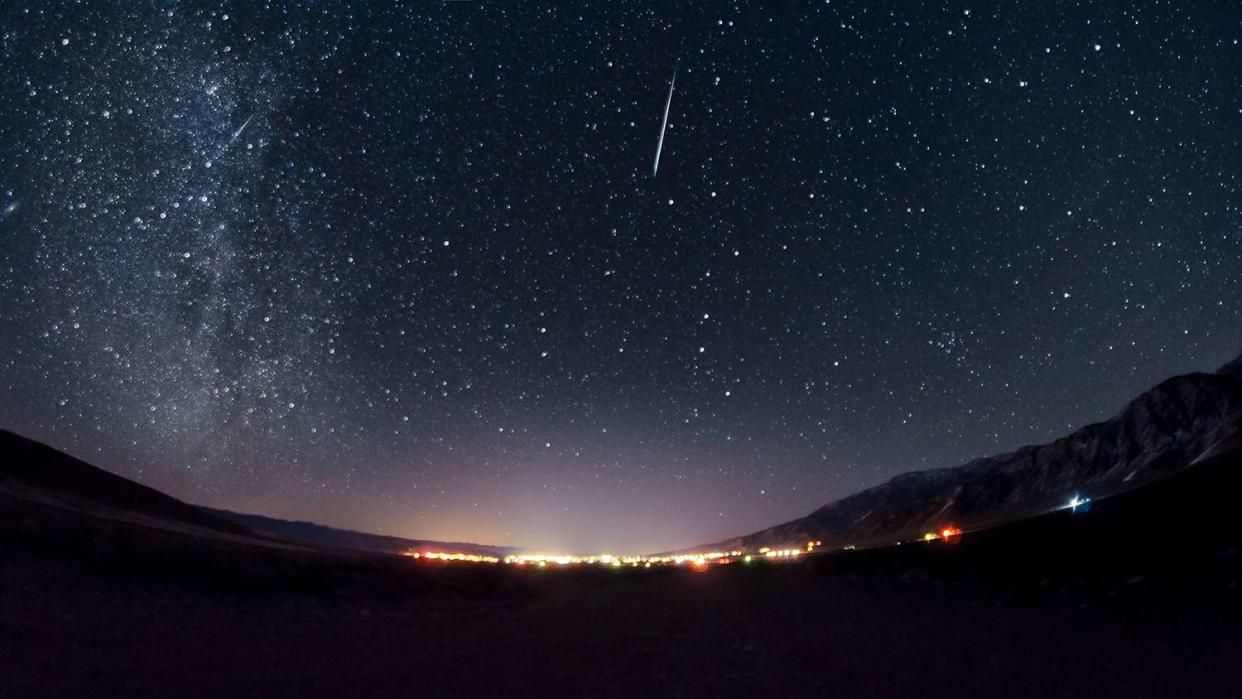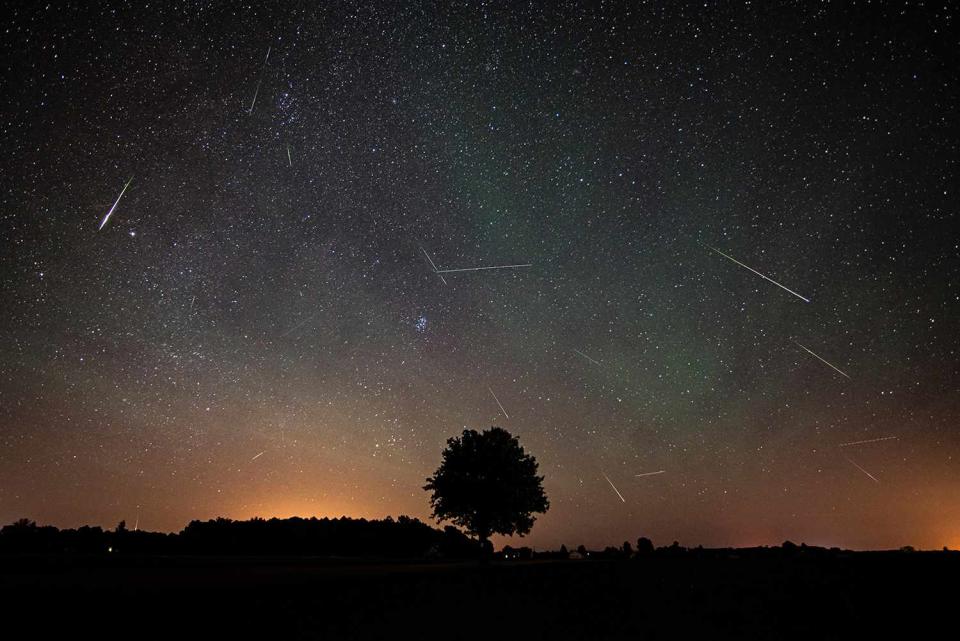Everything to Know About the Ursid Meteor Shower, Including When It Peaks and How to Watch

Getty
Your one last chance to make a wish upon a shooting star in 2022 is approaching!
Pay attention skywatchers, because the Ursids are upon us, not only marking the last meteor shower of the month, but the final celestial spectacle of the year.
NASA considers the annual Ursid meteor shower "low-key" due to the minimal rate the stars shoot in comparison to the Geminids that preceded them. (The latter is the one the space agency deems the "best and most reliable" meteor shower overall.)
But there's still going to be plenty to see! According to NASA, all meteor showers occur when the Earth passes through the trail of debris left by a comet or asteroid — and for the Ursids in particular, that would be Comet 8P/Tuttle.
RELATED: Everything to Know About the Geminid Meteor Shower, Including When It Peaks and How to Watch
What you're seeing in the sky is the debris that derives from an asteroid entering the Earth's atmosphere at an extreme velocity. Its speed combined with the clash of air results in disintegration, with some of the bigger particles burning up into fireballs!
Just when you thought the solar system couldn't get any more active, think again! Galaxy gazers are in for a treat because the Ursid meteor showers align with the winter solstice, marking the shortest day and longest night of the year.
From when they peak to how to watch them, here's everything to know about the Ursid meteor shower.
When does the Ursid meteor shower peak?

Getty
The Ursid meteor shower peaks during the night of Dec. 22 into the morning of Dec. 23 this year. Fortunately, those late night into early morning hours aren't the only time slots you can try and find them in the sky.
The Ursids commenced on Dec. 17 and will remain active until Dec. 26, giving star gazers several opportunities to spot a shooting star — and make a wish, of course!
RELATED: Everything to Know About December's Cold Moon, the Last Full Moon of the Year
How to view the Ursid meteor shower?

Getty
Just like all meteor showers, the Ursids are best observed in a dark sky and away from all light pollution. Being that they align with the winter solstice, you're going to want to bundle up before you sit back, relax and enjoy the star-studded show.
At its peak, the Ursids can produce upward 22 meteors per hour — though on average, approximately 10 can be spotted. Typically, the moon plays a crucial role in stargazers' ability to view the showers. If the moon is near its full phase, it will make the stars appear faint in the night sky. Fortunately, the Ursids coincide with a dark new moon on Dec. 23, which allows for prime viewing conditions to spot a meteor.
Where does the Ursid meteor shower appear in the sky?

Getty
While comets are the true point of origin for meteor showers, many tend to think they come from their "radiant," or the point in the sky from which the stars appear to shoot. For the Ursids, its radiant is the constellation Ursa Minor, better known as "The Little Dipper."
It's logical to start by looking towards Ursa Minor, but that isn't the only location at which you should be casting your eyes. Simply lie down on the ground, adjust your eyes to the dark sky and simply take its vastness in to better your chances at spotting a star.
RELATED: Astronaut Nicole Aunapu Mann Says View of Earth from Space Station Is 'Absolutely Overwhelming'
What meteor shower comes after the Ursids?

Getty
The next meteor shower after the Ursids is the Quadrantid meteor shower, peaking late night on Jan. 2 into early morning on Jan. 3 this year. They can produce up to 80 meteors per hour, according to NASA.

